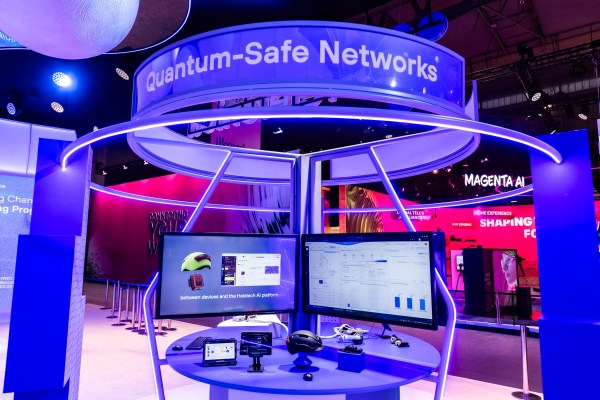Today we go a step further and dive into neural networks and deep learning, technologies that enable enterprise Z to transform complex data into increasingly personalised and intuitive user experiences.
What is a neural network and how does it help Enterprise Z?
Neural networks mimic the functioning of the human brain. They are composed of layers of artificial neurons that process information in a hierarchical fashion. At Company Z, these networks are at the heart of advanced recommendation, image recognition and natural language processing (NLP) systems. Imagine you want to receive personalised recommendations: thanks to neural networks, Company Z can analyse patterns in your preferences and previous behaviour, offering you increasingly accurate suggestions.
Convolutional (CNN) or recurrent (RNN) networks?
Company Z uses different types of neural networks depending on the objective. Convolutional neural networks (CNNs) are particularly useful for processing images. If you upload a photo to search for similar products, CNNs analyse visual features such as colour and shape to show you matching results.
On the other hand, recurrent neural networks (RNNs) are ideal for sequential data, such as language. Company Z can use them in its chatbot, understanding and generating natural answers to your questions based on context. This creates a more seamless interaction, where the virtual assistant remembers information from previous messages, providing a much more personalised experience with more satisfying results.
Howbatch normalisation layers optimise networks
Imagine that the neurons of a neural network in company Z are trying to learn patterns from complex data. Every time a user visits the online shop and browses products, the network processes that information to adapt future recommendations. But during this learning process, it can happen that some neurons are ‘activated’ very intensely while others hardly participate at all. This creates an imbalance, as if they are listening ‘too much’ to some data while ignoring others.
This is where batch normalisation comes in, a technique that helps neural networks maintain a more uniform level of activation between neurons. With batch normalisation, the model automatically adjusts the activations of neurons to avoid these imbalances. Thus, all relevant features (such as browsing time, type of product viewed, frequency of purchase, etc.) have a proportional influence on the network. As a result, recommendations are more accurate and consistent with your actual preferences.
In short, batch normalisation helps company Z’s network to be less sensitive to extreme variations and to learn in a more balanced and stable way. So every recommendation it presents to you is backed by an optimised model, ready to respond effectively to your preferences, no matter how complex or varied the data.
Backpropagation Learning
Imagine you are browsing company Z’s online shop. Just as a chef perfects his recipes, Z wants to offer you the most accurate recommendations, and to do so, it uses a process calledbackpropagation. Backpropagation is the mechanism that allows neural networks to learn and continuously improve. In simple terms, after Z’s model makes a prediction (such as recommending a product), it compares the result with the user’s actual behaviour (e.g., whether you click on the recommendation or not).
If the prediction was not accurate, the model identifies the ‘error’ in its calculations and feeds it back through all its layers, adjusting the ‘weights’ of the connections between neurons. Each adjustment in these weights is like fine-tuning the ingredients of a recipe: Z’s network gradually learns to approach the perfect ‘flavour’ of recommendations that match your interests. So, each time you browse, the system becomes a little more accurate, offering you products that you might actually be interested in.
Challenges and solutions: the vanishing gradient problem
However, when Company Z uses Deep Learning to make complex recommendations, it faces a challenge known as the vanishing gradient. This problem occurs when the necessary adjustments (the gradients) become too small as they move towards the first layers of the network, making it difficult for these initial layers to be adjusted correctly. It is as if, when fine-tuning the recipe for a dish, changes to the base ingredients (such as the type of flour in a pizza) have no effect, and only the final ingredients (such as cheese or spices) can be adjusted.
For company Z, this would mean that the deeper layers (the ones that first process your navigation information) would not be learning effectively, reducing the accuracy of recommendations. To avoid this, Z implements advanced techniques, such as proper initialisation of weights and the use of specific activation functions that help keep gradients from disappearing along the way.
Conclusion: Transforming the experience at Enterprise Z
Thanks to these solutions, Enterprise Z ensures that even in the deepest neural networks, each layer learns and contributes to the refinement of predictions, delivering high-quality recommendations and maintaining an optimal user experience. It not only responds to your current needs, but also anticipates your future preferences. With these tools, Company Z goes beyond sales: its goal is to understand and accompany you every step of your customer journey, using AI not only as a commercial engine, but as a true ally in your digital experience.










